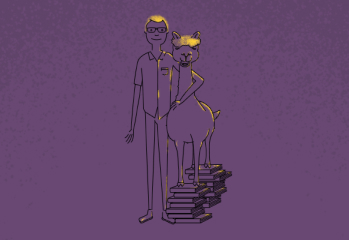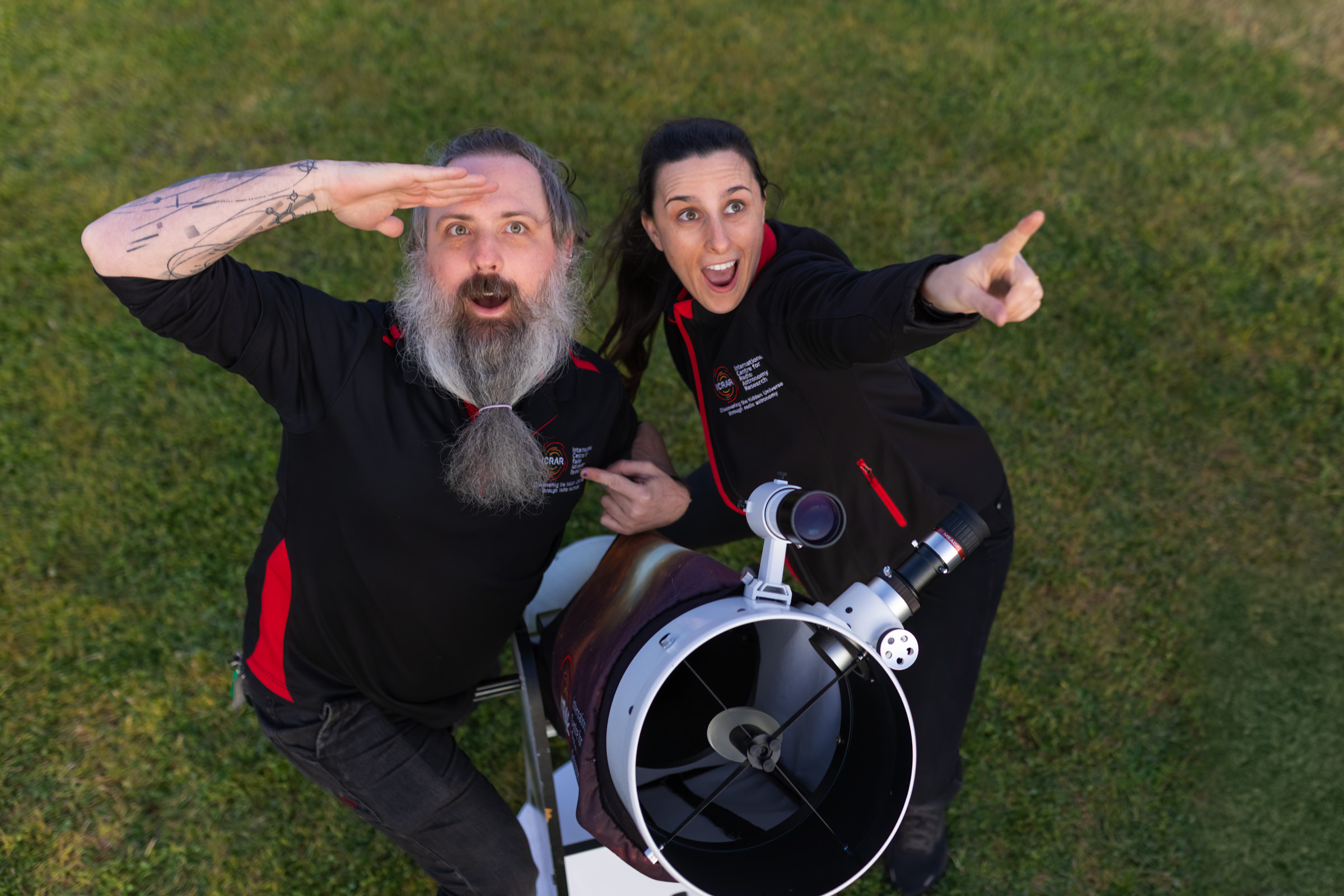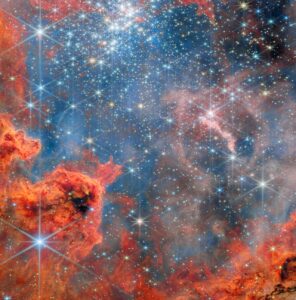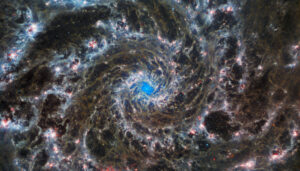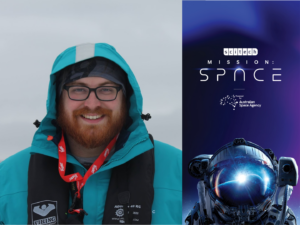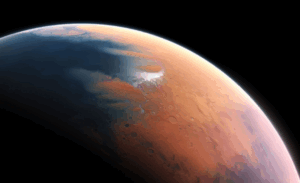The International Centre for Radio Astronomy Research (ICRAR) has a mission: to bring regional communities in the Mid West closer to the cosmos with their initiative Mid West Star Trails.
ICRAR will hit the road for National Science Week in August, taking telescopes to Morawa, Yalgoo, Cue and Mount Magnet, thanks to an Inspiring WA grant.
Communities will be able to connect with experts and world-class telescopes to take a closer look at the galaxy.
“It’s about getting the opportunity to feel connected with space and with the night sky and be inspired by all the cool things that are out there,” says Leah Kalimeris, Interstellar Inspirer and Outreach and Engagement Coordinator at ICRAR.
NIGHT SKIES WITHIN REACH
Folks heading to Mid West Star Trails will get to look through manually operated 10-inch Dobsonian telescopes and unlock the wonders of the Milky Way.
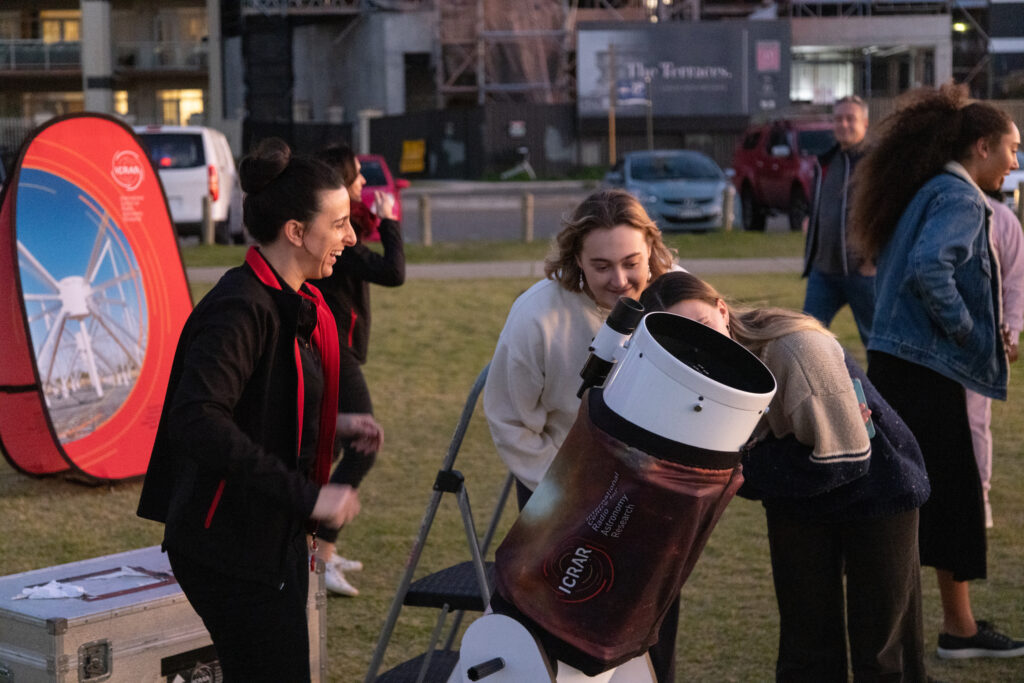
Credit: ICRAR
“Winter, despite being cold and sometimes wrestling with the clouds, is usually one of the better times in Australia to see the night sky, because we basically have the centre of our Milky Way galaxy arching overhead,” Leah says.
Theoretical astrophysicist Dr Ruby Wright will be at all four events, explaining the cosmic drama that is the potential future collision between the Milky Way and Andromeda and answering burning questions from space lovers.
Each town has its partners teaming up with ICRAR to put its own spin on the program.
In Cue, you’ll even be treated to live music and dinner under the stars. What a night!
These events are for everyone. Where ICRAR has previously engaged with schools in the region, Mid West Star Trails is for the whole community, bringing them closer to stars.
“The inspiration for this particular series of events is to do more community focus and engagement,” says Leah. “We want to do cool stuff for them!”
A COMMUNITY’S ORBIT
ICRAR has been building relationships with towns in Mid West WA since the beginning of the SKA project in the region – a massive radio telescope being built at Inyarrimanha Ilgari Bundara, the CSIRO Murchison Radio-astronomy Observatory.
Morawa, Yalgoo, Cue and Mount Magnet have all had contact with ICRAR before. They have been selected for Mid West Star Trails to keep fostering existing collaboration with the community.
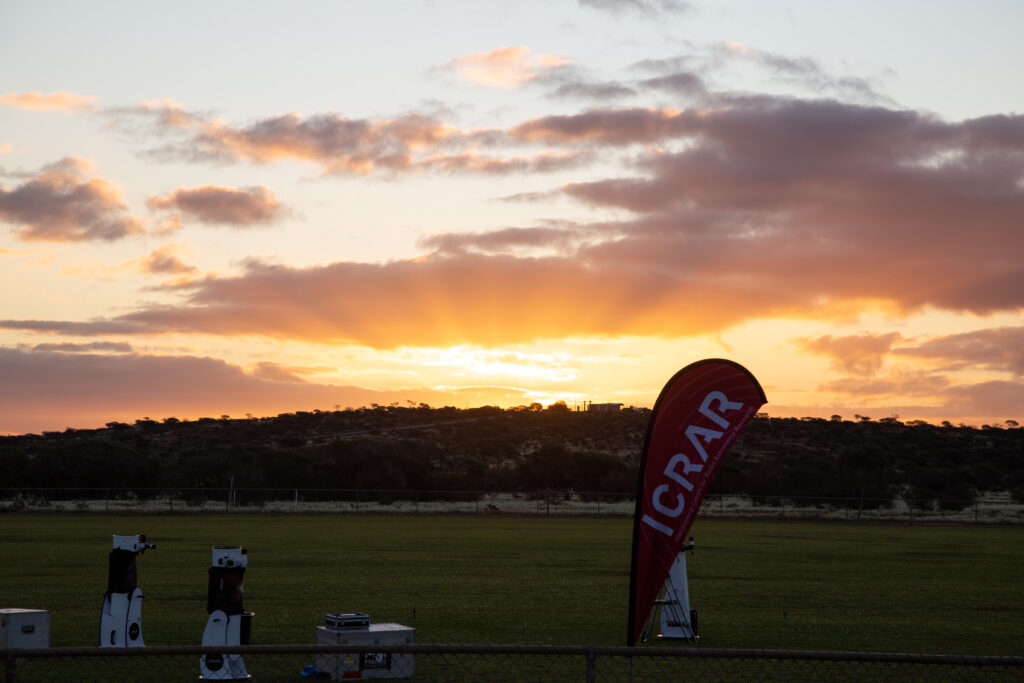
Credit: Michael Goh
“It’s so important to keep those relationships going as opposed to just a ‘one and done’,” says Leah.
In a dream world of unlimited resources and funding, ICRAR would go to these towns annually. As it stands, they get there every 2–3 years.
Travelling to remote communities takes time and resources, which is why grants like Inspiring WA’s are so vital.
The Mid West also boasts some of the darkest night skies, with some of the best visibility to the galaxy.
“It is such a precious resource that we really want to make the most of,” says Leah.
SPARKING CURIOSITY
Mid West Star Trails builds interest in space and the night sky and more widely in STEM.
“Trying to foster the younger parts of those communities to know that, if they want to do something in the STEM field, there are opportunities there,” Leah says.
One of ICRAR’s core motivations for the program is ensuring regional communities have equal opportunity, particularly in acknowledging that diversity within STEM includes people who don’t come from the city.
And it’s not only about inspiring career pathways – it’s just as meaningful for people to find they are interested in space as a hobby.
“A world where more people are educated in STEM and interested in STEM is never a bad thing.”
